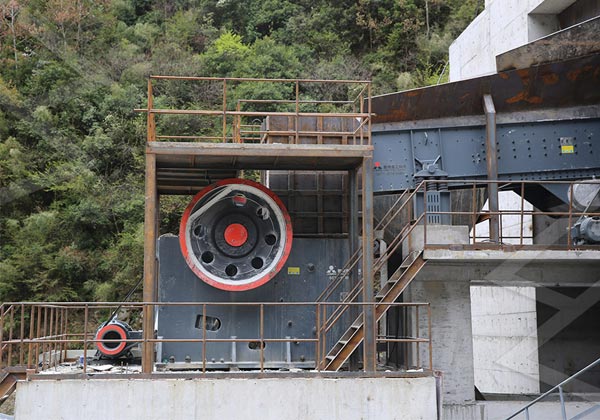Stone crushers are machines designed to reduce large rocks into smaller rocks, gravel, sand, or rock dust. They play a crucial role in various industries, including mining, construction, metallurgy, and recycling. Stone crushers are classified into two main categories based on their roles in the crushing process: primary crushers and secondary crushers. This article explores the differences between primary and secondary stone crushers, their types, and applications in different industries.
Primary Stone Crushers:
Primary stone crushers are the initial stage of crushing operations, responsible for breaking down large-sized rocks or boulders into smaller fragments. These crushers are essential for preparing the material for further processing in secondary and tertiary crushing stages. The primary crushers work on the principle of compression, where the rock is pressed against a stationary surface, resulting in the fragmentation of the material.

Types of Primary Stone Crushers:
Jaw Crushers:
Jaw crushers are one of the most common types of primary crushers. They consist of a fixed plate and a movable plate (jaw). The rock is fed into the chamber between the two plates, and as the jaw closes, it crushes the rock into smaller pieces. Jaw crushers are suitable for various materials, including hard and abrasive rocks.
Gyratory Crushers:
Gyratory crushers are more suited for handling hard, abrasive rocks and materials with high moisture content. They have a conical-shaped head that gyrates, creating a compression force to crush the rocks. Gyratory crushers are known for their high capacity and are commonly used in large mining operations.
Secondary Stone Crushers:
Secondary stone crushers come into play after the primary crushing stage and are responsible for further reducing the size of the processed material. They operate on the same principles of compression and impact as primary crushers but work on smaller-sized materials.

Types of Secondary Stone Crushers:
Cone Crushers:
Cone crushers are popular in secondary and tertiary crushing stages. They have a conical-shaped head that gyrates inside a bowl, compressing the rocks against the bowl’s walls. Cone crushers are widely used in mining and aggregate industries due to their high efficiency and capacity.
Impact Crushers:
Though primarily used as secondary crushers, certain impact crushers can also function as primary crushers. They utilize the principle of rapid impact to crush the material. When the rotor rotates at high speed, the material is struck by the hammers or blow bars, shattering it into smaller pieces.
Applications:
Both primary and secondary stone crushers are essential in the mining industry. Primary crushers handle large rocks and convert them into manageable sizes for further processing. Secondary crushers further reduce the size of the ore or mineral to facilitate efficient extraction processes.


